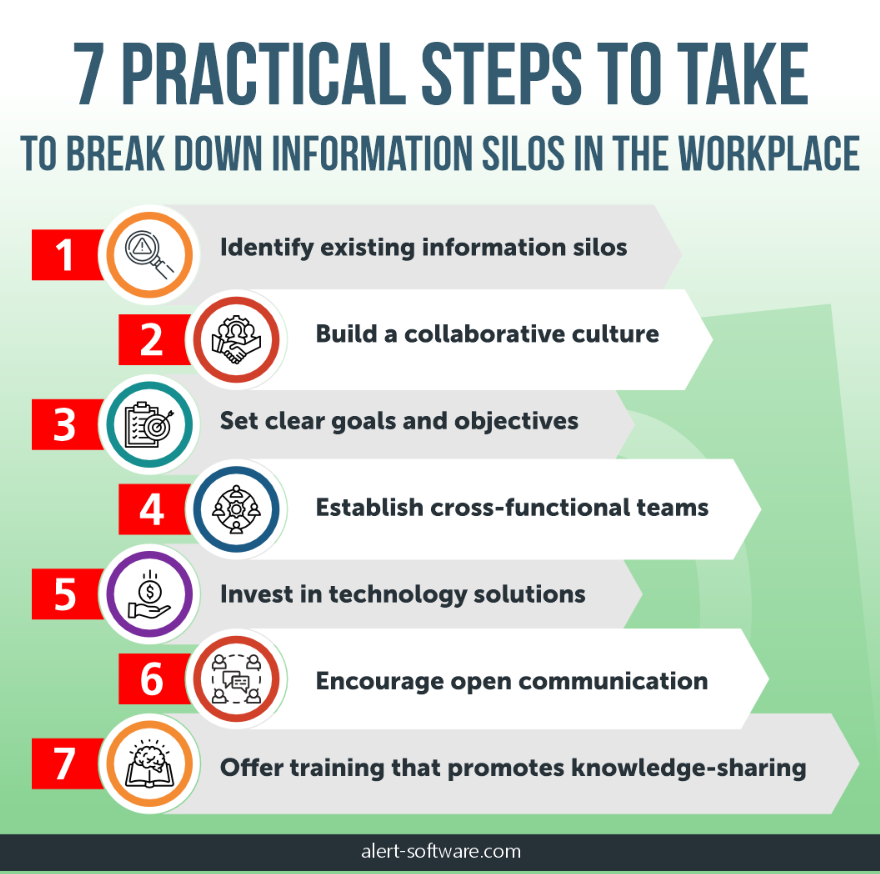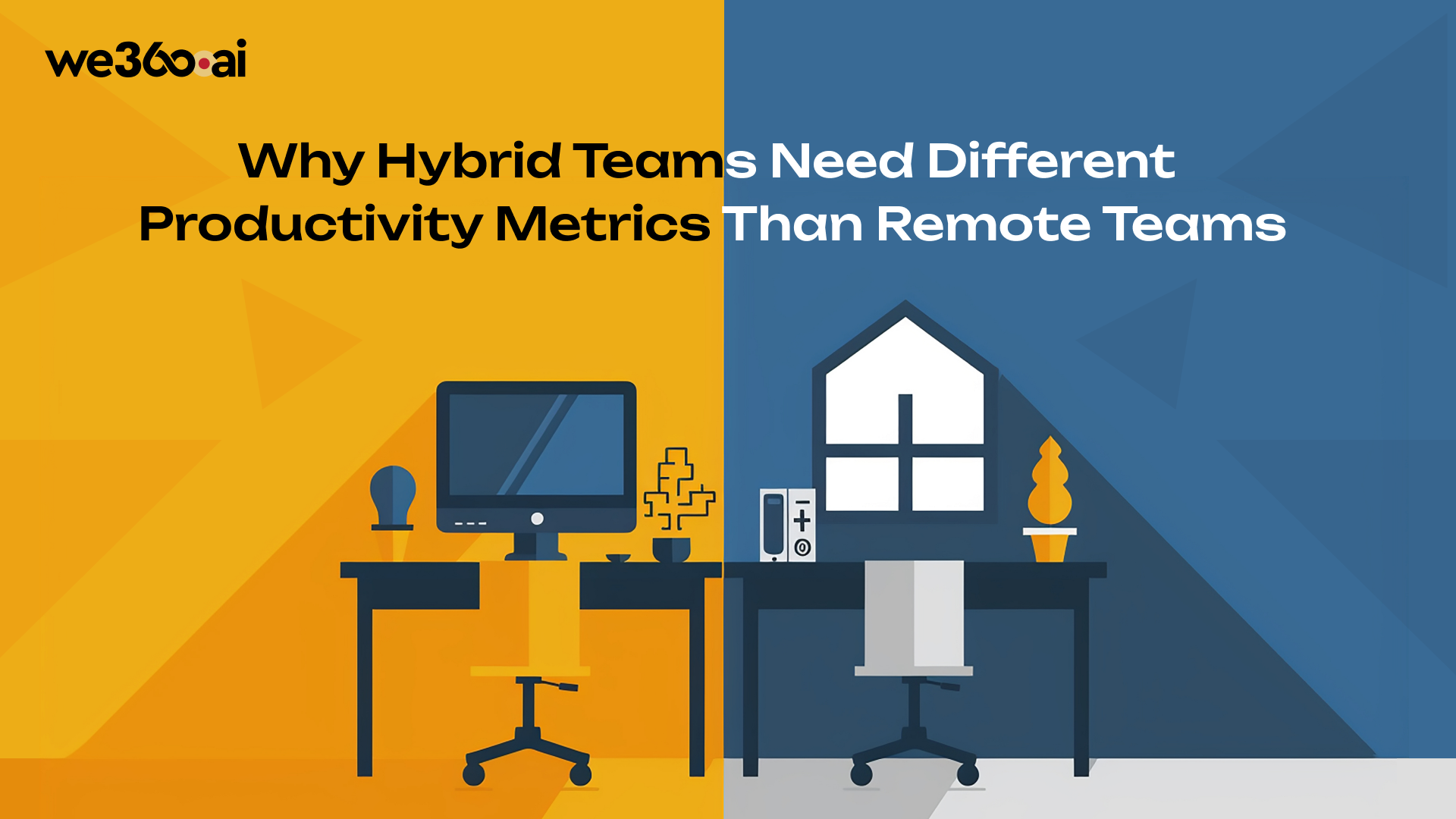The world has shrunk and people are working across borders without actually relocating.
From New York to New Delhi, employees collaborate across time zones, cultures, and regulations. While this opens doors to innovation and diverse talent, it also presents one of the toughest challenges for organizations: how do you manage people effectively on a global scale?
This is where global HR strategy steps in.
Global HR strategies look beyond payroll - they unify people, policies and practices across globe.
Done right, it fuels productivity, engagement, and long-term business success. Done wrong, it risks compliance issues, disengagement, and high turnover.
Here we are. This blog explores six steps to enforce global HR strategies.
What is a global HR strategy?
Global HR strategy is a cohesive plan covering the management of international workforce. It offers organizations opportunities for global talent.
It includes:
- International hiring
- Onboarding
- Training
- Performance evaluation
- Managing payroll
Why is global HR management important?
HR plays an instrumental role in any employee’s life. They help develop a positive business culture due to enhanced employee engagement. With proper resources, HR managers can:
- Keep policies updated.
- Be proactive on actions like upskilling, attrition or others.
- Foster an environment of increased productivity.
- Resolve peer-to-peer conflicts.
- Avoid risks like turnover or burnout.
- Roll out programs for employee wellness.
To ensure that all these are effectively adopted following operations need to be executed properly:
- Hiring right talent.
- Make sure every new hire is aligned in same direction while onboarding.
- Oversee employee involvement and attendance.
- View frequency of leaves taken.
- Streamline payroll.
- Offboarding & FNF settlement.
- Cross-border policy consistency.
- Consistency across DE&I.
6 steps to implement global HR strategies
Now that we know what is global HR strategy and why it is important, let’s see the steps needed for it:
Step 1: Recognize and respect cultural differences across regions
Any organization that accommodates hires from all across the globe fosters a sense of inclusivity and belonging among employees. When employees feel their ideas and perspectives are valued in workplace, they are motivated and more engaged.
However, about 59% of the workforce is in the “not engaged” category (quiet quitters), meaning they are showing up but not fully investing discretionary effort. Proper HRM measures can lower this stat and foster an environment of engagement.
As per research by McKinsey, employees who are engaged in their work are three times more likely to feel excited about their organizational contributions.
Step 2: Define global standards for ethics, compliance, and performance
As an organization, the readiness to combat a compliance issue is instrumental as it impacts brand value and profitability. The foundation of effective ethics and compliance should be embedded in the policy and procedure documents. These policies are to be complied with by each employee and irrespective of their location.
However, companies cannot fully throttle with these compliance points unless they are trained on it making training an inevitable part of onboarding. However, about 24% of companies do not have an official compliance training program. This is more than enough to understand the dire situation of exhaustion of code of conduct.
Step 3: Invest in global recruitment strategies using digital platforms
It’s been 30 years since first online job portal came into existence. Since then the competition between HR managers to hire the best candidate has spiked.
Today, HR managers have turned to digital platform to source, draw in, screen and ultimately hire best candidates for the role.
With applicant training system (ATS) the recruitment process is streamlined by preserving candidate applications and automating multiple parts of the recruitment process. The current next-gen ATS can AI-parse resumes, post jobs seamlessly and handle candidate’s communication.
This become all the more pivotal when global online recruitment market valued at USD 34.42 billion in 2025, is precedented to to reach about USD 62.9 billion by 2035. This reflects a compound annual growth rate (CAGR) of ~6.2%.
Step 4: Use global HR software for payroll, compliance, and performance tracking
Managing a global workforce comes with people at center of your strategy. Get understanding of your employees’ skills and competencies and make right choices for your HR processes. Help your organization discover and develop talent with workforce analytics tools.
The AI-driven HR software streamlines Hire-to-Retire process, automating recruitment, payroll, and performance management to boost HR efficiency and business results.
As per stats:
- 44% of global companies are using AI / ML systems for payroll processing.
- 35-45% of payroll providers have integrated AI to improve payroll processing accuracy.
- AI can reduce payroll errors by up to 90%.
Step 5: Encourage knowledge sharing across borders to break silos
Sharing information collectively in workplace ensures higher-ups and employees are on same page. The bottleneck is that many organizations fail to achieve this. As per research, Fortune 500 companies lose $31.5 billion each year by failing to share knowledge.

There are ways to share information across organization. These include:
- Internal social interactions.
- Often collaborative lunch to encourage bonding among peers.
- Employees should be able to work in a cross-departmental role to understand different work styles.
- Create engagement programs for remote or non-desk workers.
- Run mentoring sessions to upskill employees.
Step 6: Conduct global engagement surveys and track feedback trends
Choose the survey type you find appropriate for your firm. This includes:
How we360.ai help your organization thrive globally?
Running a global organization is no small feat. It requires a blend of consistency and flexibility. Along with this it needs a human touch, policy and culture. These six steps shared are not merely best practices, they are essentials for building unified, engaged and future-ready workplace.
This is where we360.ai makes the difference. With its AI-powered workforce analytics, smart productivity tracking, and seamless HR integrations, we360.ai empowers organizations to:
- Streamline hiring and onboarding across borders.
- Automate payroll and compliance with accuracy and transparency.
- Boost engagement through continuous feedback and real-time performance insights.
- Encourage collaboration with data-backed visibility into workflows.
- Build a global culture of accountability and productivity.
In short, we360.ai equips HR leaders with the tools to transform challenges of global workforce management into opportunities for growth and success. With right strategy and right platform, international success is not just possible, it’s sustainable.
Want to see how? Book a FREE demo with we360.ai now!














